This article was medically reviewed by Sarah Gehrke, RN, MS. Sarah Gehrke is a Registered Nurse and Licensed Massage Therapist in Texas. Sarah has over 10 years of experience teaching and practicing phlebotomy and intravenous (IV) therapy using physical, psychological, and emotional support. She received her Massage Therapist License from the Amarillo Massage Therapy Institute in 2008 and a M.S. in Nursing from the University of Phoenix in 2013.
There are 8 references cited in this article, which can be found at the bottom of the page.
This article has been viewed 47,619 times.
When you're facing a mastectomy, post-surgery drainage probably isn't high on your list of concerns. However, after the fact, drainage is important to consider. While no method is perfect at reducing drainage, you can talk to your doctor before and after surgery about techniques to reduce your drainage. Also, you'll likely have drains attached that let you empty out liquid from your incisions, and you'll need to learn how to empty those drains to help prevent problems.
Things You Should Know
- Talk to your surgeon about surgical options for reducing drainage, like having them use quilted stitches or avoiding electrocautery.
- Give yourself plenty of time to rest—don't resume normal activities until at least 3 days after your drain is removed, and especially avoid anything that requires you to use your arm on that side of your body.
- While you're recovering, try to sit up straight as often as possible, because slouching can actually slow your recovery and lead to more drainage.
Steps
Reducing Drainage through Surgical and Medical Options
-
1Choose a well-respected surgeon. Ask for recommendations for the best surgeon you can find. Surgeons who are more meticulous about sealing off leaking blood vessels and the like will help reduce the amount of drainage you have. Talk to your doctor for recommendations, as well as any friends who've had the surgery. You can also look online for reviews.[1]
-
2Discuss quilting with your surgeon. One method of reducing drainage is to have the surgeon "quilt" the skin while performing the surgery. Essentially, the surgeon sews part of the skin flap down so that you don't have as much room in your chest to produce drainage. Ask your surgeon if this is a possibility for you.[2]Advertisement
-
3Request a surgery without electrocautery. Electrocautery is when a surgeon seals off a blood vessel or other wound with heat, cauterizing the wound. While this method reduces blood loss, it may increase your chances of having higher amounts of drainage. Ultrasonic dissection may be a better option for sealing off wounds, as it causes less trauma to the body.[3]
-
4Ask about octreotide. This medication reduces inflammation, which in turn can reduce drainage. It's generally given through an IV while you're still in the hospital, so ask your doctor if this is an option for you.[4]
Slowing Drainage at Home
-
1Wait to remove the drain. Usually, you will get a drain after surgery to suction off fluid. Some doctors prefer to remove it at a specified time, such as 2 days after surgery. However, it can reduce how much drainage you have overall if your doctor waits until your drainage levels drop below 20 milliliters (0.68 fl oz) per 24-hour period before removing the drain.[5]
- That means you may need to wear it home instead of having it come out in the hospital. However, if your doctor gives you a choice, it can be the better option.
-
2Rest your arm and body until 3 days after your drain is removed. Your body needs time to recover, which means no cleaning, gardening, or even dog-walking while you're recovering. You should wait until at least 3 days after your drain has been removed to resume normal activities. Otherwise, you risk increasing the amount of drainage from your mastectomy.
- Also, skip exercising and anything that requires you to lift your arm more than 90 degrees.
-
3Ask about delayed shoulder therapy. While some studies have shown complete immobilization to be helpful, more doctors agree that just delaying shoulder exercises can be beneficial. It may reduce the overall drainage you experience. Talk to your doctor about this option.[6]
- Usually, you perform shoulder exercises after surgery to increase mobility.
-
4Work on your posture. Sitting up straight may seem like strange advice after surgery. However, slouching or hunching over can actually delay your recovery, which means more drainage overall.
Using Your Drain Properly
-
1Empty the drain as instructed. First, pull the bulb away from your bra or surgical wrap. Pull the stopper out of the end of the bulb. Turn it over, and squeeze the liquid into the measuring cup.[7]
- Avoid touching the part of the stopper that goes inside the bulb, as well as the end of the bulb where you pulled the stopper out.
-
2Replace the stopper and the bulb. Turn the bulb back over. Squeeze it together with your hand, flattening it out. Put the stopper back in while you have it squeezed together. Place the bulb back in your bra or wrap.[8]
- Some people also use a fanny pack to hold the bulb.
-
3
-
4Pour the liquid away. Pour the liquid into the toilet, and flush it away. Rinse out the cup for later use. Repeat the process for each drain you have, if you have more than 1.[11]
-
5Repeat when the drain is full. When the bulb has filled up, you need to empty it. You'll likely need to perform this procedure 2 to 3 times per day, depending on how much fluid you're draining.[12]
- Always wash your hands before and after touching your drain.
References
- ↑ https://www.ncbi.nlm.nih.gov/pmc/articles/PMC3244263/
- ↑ https://www.researchgate.net/profile/Zoe-Winters/publication/263322704_Techniques_in_the_prevention_and_management_of_seromas_after_breast_surgery/links/02e7e53cd5808a224c000000/Techniques-in-the-prevention-and-management-of-seromas-after-breast-surgery.pdf
- ↑ https://www.ncbi.nlm.nih.gov/pmc/articles/PMC3244263/
- ↑ https://www.ncbi.nlm.nih.gov/pmc/articles/PMC3244263/
- ↑ https://www.researchgate.net/profile/Zoe-Winters/publication/263322704_Techniques_in_the_prevention_and_management_of_seromas_after_breast_surgery/links/02e7e53cd5808a224c000000/Techniques-in-the-prevention-and-management-of-seromas-after-breast-surgery.pdf
- ↑ https://www.researchgate.net/profile/Zoe-Winters/publication/263322704_Techniques_in_the_prevention_and_management_of_seromas_after_breast_surgery/links/02e7e53cd5808a224c000000/Techniques-in-the-prevention-and-management-of-seromas-after-breast-surgery.pdf
- ↑ https://www.mskcc.org/cancer-care/patient-education/caring-your-jackson-pratt-drainage-system
- ↑ https://www.mskcc.org/cancer-care/patient-education/caring-your-jackson-pratt-drainage-system
- ↑ https://www.ucsfhealth.org/education/mastectomy_instructions_after_surgery/




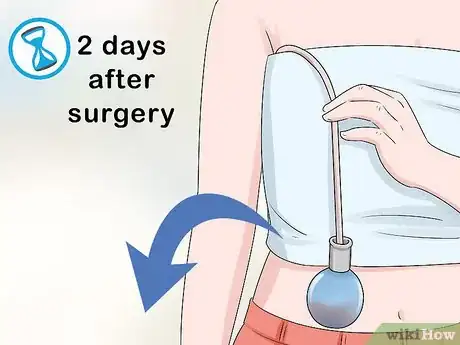
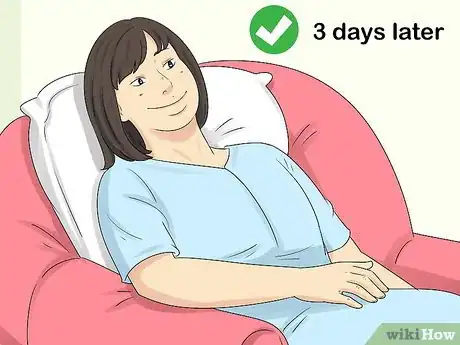
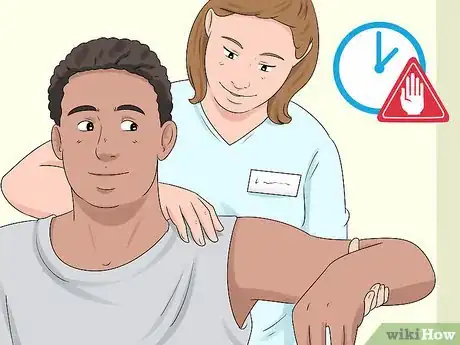
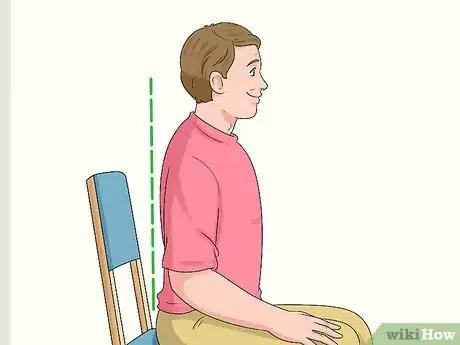
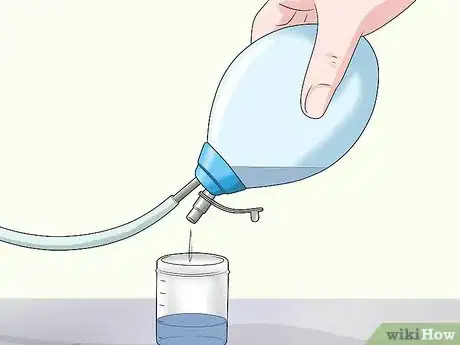
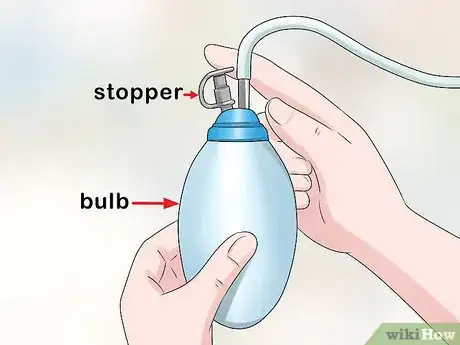

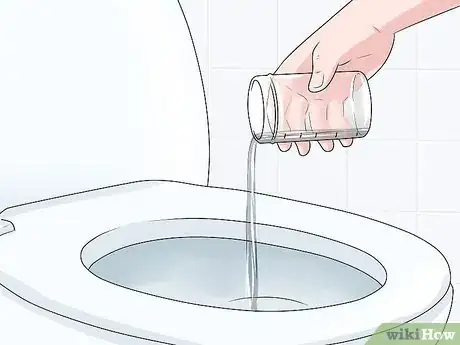


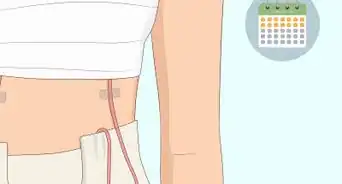


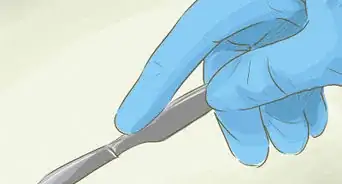
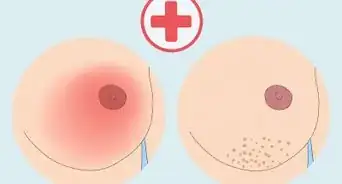





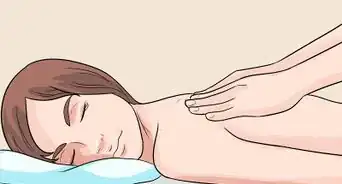

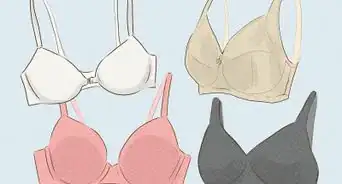










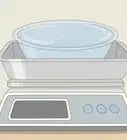



































Medical Disclaimer
The content of this article is not intended to be a substitute for professional medical advice, examination, diagnosis, or treatment. You should always contact your doctor or other qualified healthcare professional before starting, changing, or stopping any kind of health treatment.
Read More...